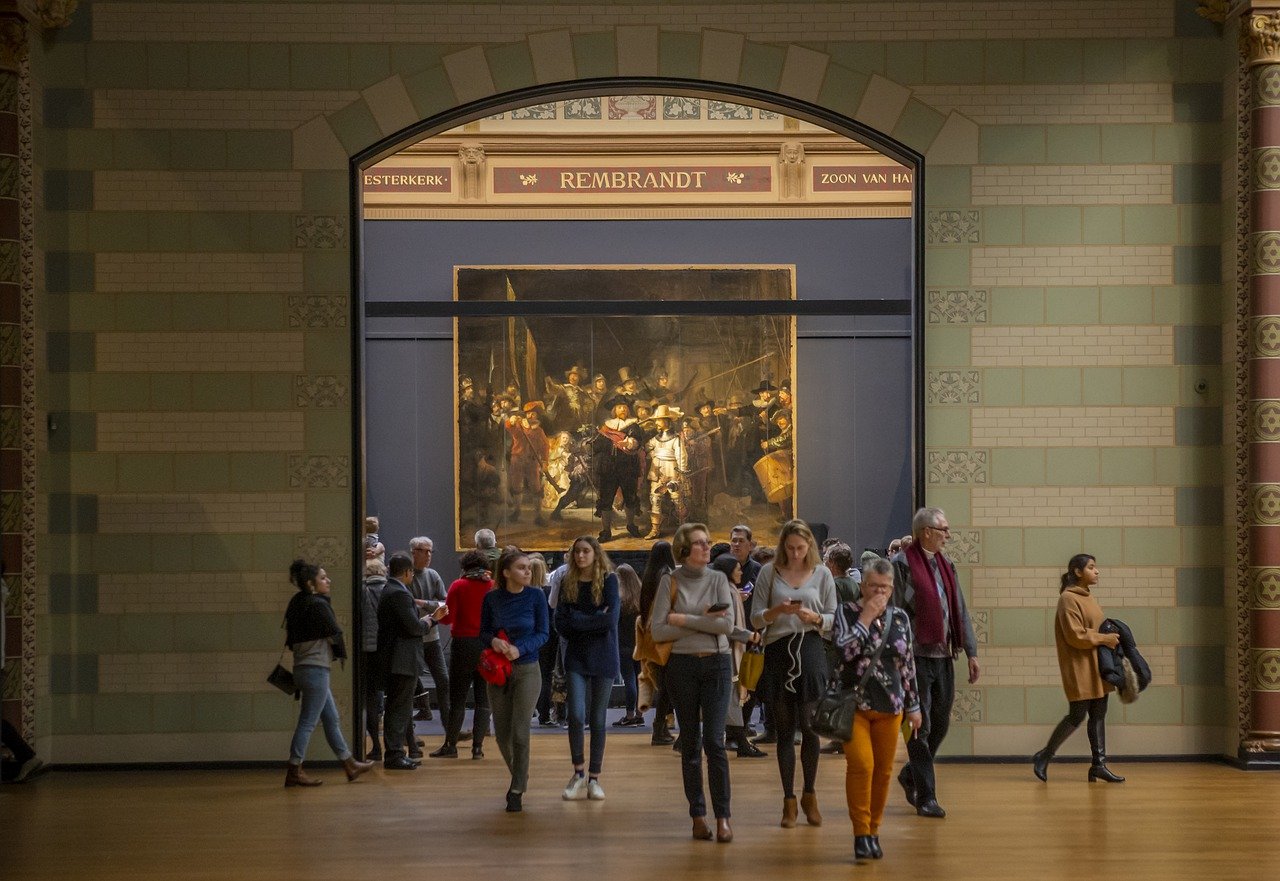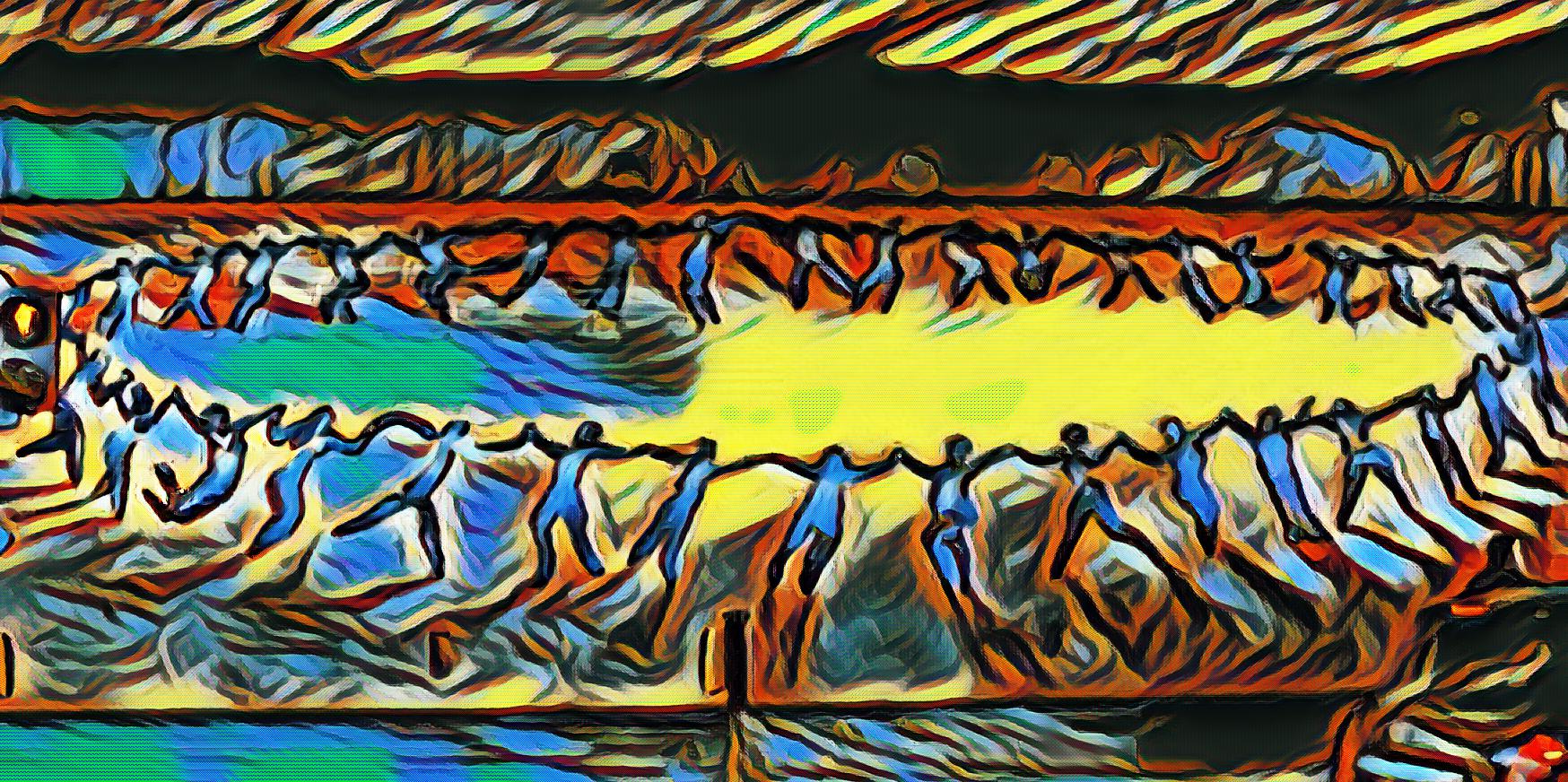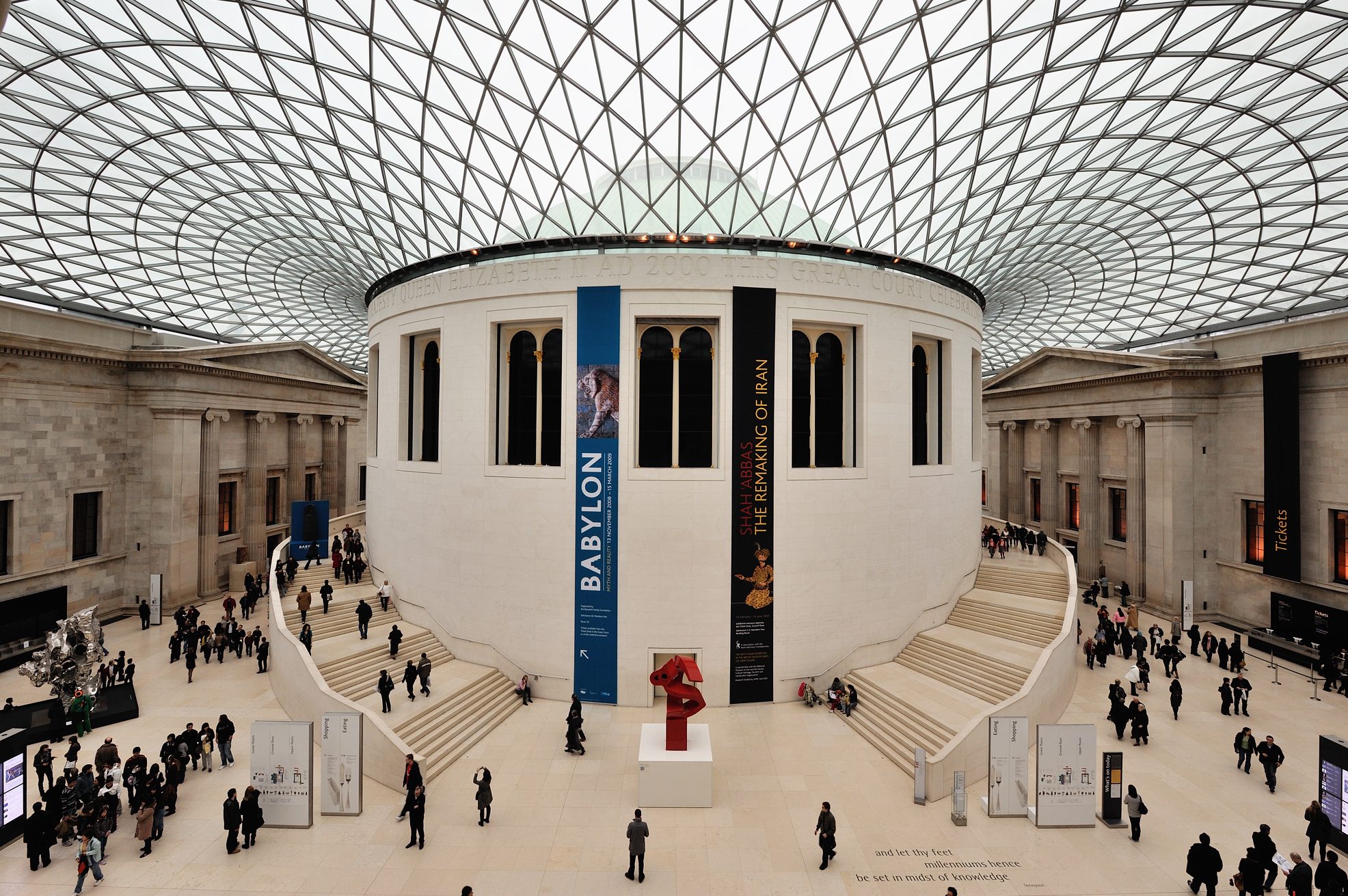Featured art by Eliza Southwood
Freelands Foundation, a charity established by media mogul Elisabeth Murdoch, recently announced £1.27m in funding for an arts-based educational program. The East London-based program is using art to address the impact of Windrush generation workers who came to the UK from the Caribbean from 1948 to 1971. A diversity action plan with a special focus on racial inequality through the lens of visual arts launches in June.
Why Did the Windrush Generation Come to Britain?

The origin of Windrush is the MV Empire Windrush ship which landed in Tilbury, England, on June 22, 1948. The ship brought workers from Jamaica, Trinidad and Tobago, and other islands to fill post-war work sector shortages. Many joined the National Health Service. These Caribbean islands were then part of the British Commonwealth. The workers were automatically British subjects, free to live and work permanently in the UK.
What Is the Windrush Scandal?

Beginning in 2012, the UK government’s Home Office hostile environment policies began seriously impacting many commonwealth citizens. These demanded the NHS, landlords, employers, and banks enforce immigration controls. The goal was to make the UK unlivable for undocumented migrants and force them to leave.
Caribbean individuals who came to Britain during Windrush had lived and contributed to building the UK economy for decades. However, the UK home office destroyed landing cards and other citizenship documentation for many Windrush generation individuals.
Hostile environment policies, which have been heavily criticized for entrenching racism and described as a political disaster, ensured many of the Windrush generation were treated as undocumented or illegal immigrants. Many lost access to healthcare, housing, driver’s licenses, and bank accounts. Some were placed in immigration detention or left unable to travel abroad without being locked out of the UK. Others were deported to Caribbean islands they hadn’t lived in since they were children.
What Will Freelands Foundation Offer?

Three organizations will initiate the Windrush-education art funding program: London art organizations, Create and Iniva (Institute of International Visual Arts), and Nottingham’s New Art Exchanges. The Freelands Foundation will reward these arts organizations a total of £1.27m to educate the public about racial injustice. Their Power of Change program project, ‘The Breaking Barriers and Forging Futures‘ will be shown in 12 schools.
As New Art Exchange’s director of programs, Melanie Kidd, states, “This grant will enable us, through art and creative practice, to amplify lesser heard voices and empower individuals as change-makers in their own communities and wider society.”
Additionally, Freelands Foundation pledges 15% of future grants to initiatives committed to perpetuating racial inclusion. The foundation’s diversity action plan includes “a substantial new public research project” studying Black and other minority access to visual arts. “We are in conversation with a leading research organization about this commission. We hope to appoint a partner by the end of the year and agree on a timeline for this research program”, said a spokesman from the foundation.
Learning About the Windrush Scandal

At least 83 individuals who came to England prior to 1973 have been deported in recent years. In 2018, former Prime Minister Theresa May apologized for their treatment and granted compensation to help those affected by the scandal. However, injustices related to the scandal are ongoing.
To learn more about Windrush Scandal, check out The Grapevine, Season 3, Episode 30 (See Part 1 and Part 2), and watch the BBC movie Sitting in Limbo.
The Freelands Foundation is initiating significant change by taking the responsibility to educate the public through visual arts. You can’t fight for something that you’re not aware of. So, if you’re in the UK next June, make sure you visit one of the art organizations hosting Windrush educational programs!





